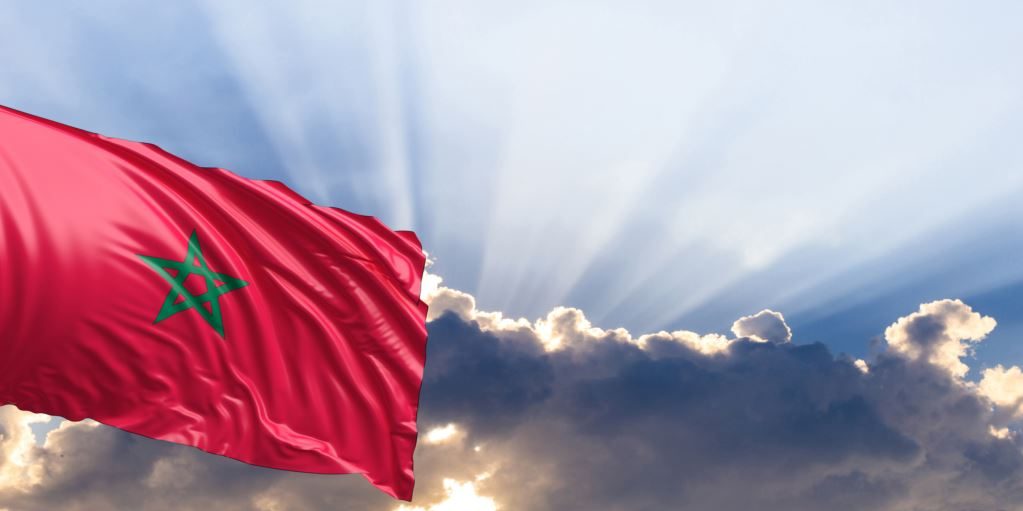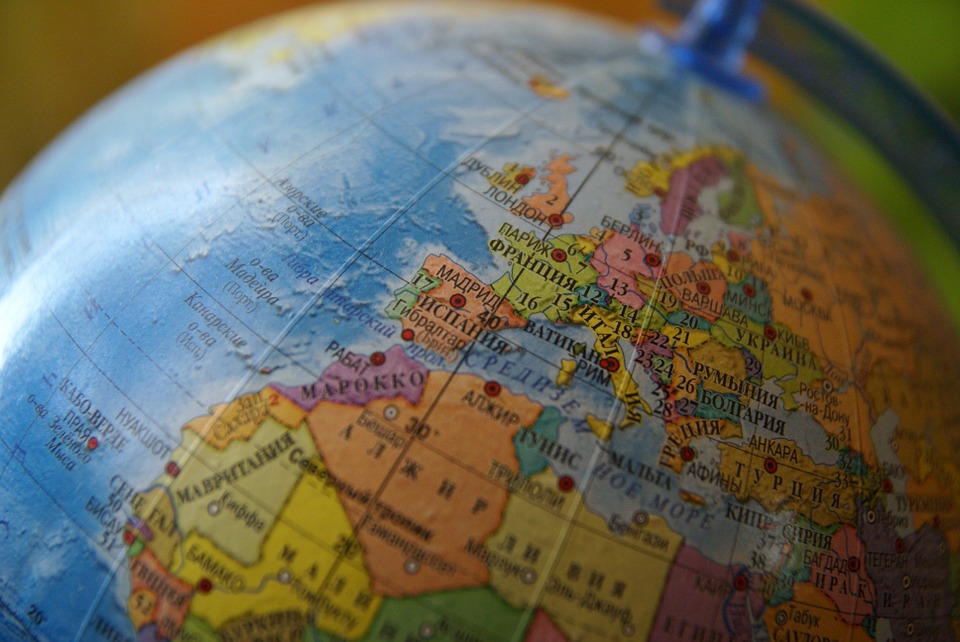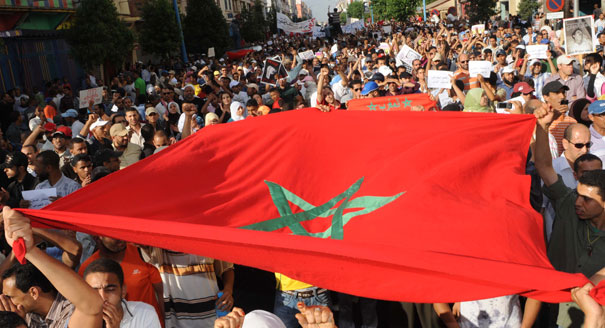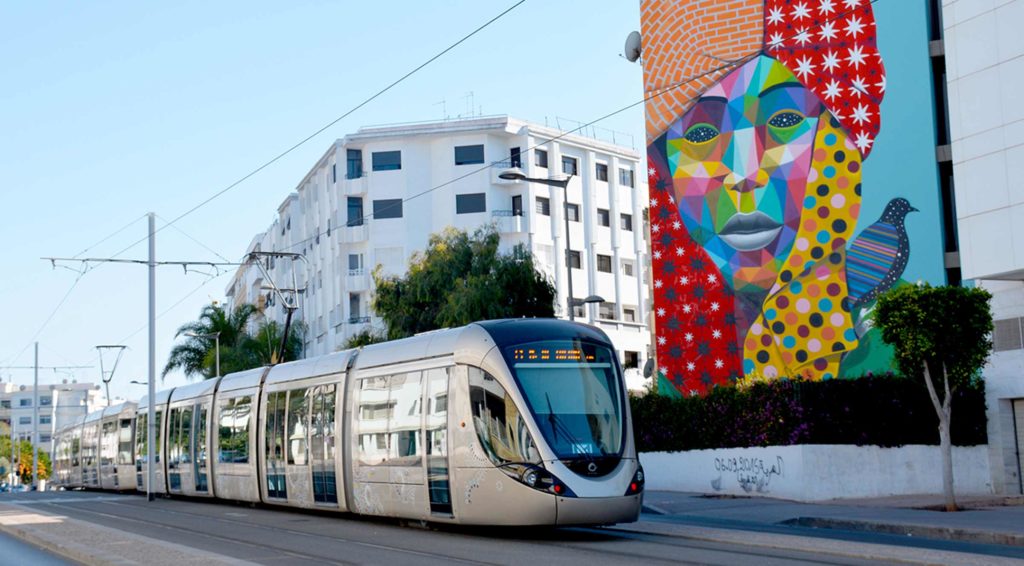A COMPLETE PROFILE OF MOROCCO COUNTRY

A Complete Profile Of Morocco
Morocco is one of the countries found in the northern part of Africa. Its capital city is Rabat but the largest city in the country is Casablanca.
The main languages that are spoken in Morocco are Arabic, Berber, and French. The country achieved its independence from France in 1956.
Raed More : Amazing Places To Stay In Morocco
Morocco Country Profile
1.Geography

- Morocco is located in the northwestern part of Africa.
- It borders the Mediterranean Sea to the east and the Atlantic Ocean to the west.
- Its land boundaries have a total length of 2018 kilometers.
- The area of Morocco is 446,300 square kilometers excluding water areas which measure 250 square kilometers.
- The country also claims Western Sahara which measures 266,000 square kilometers.
- The total coastal line length including both Mediterranean and Atlantic coastline is 1835 kilometers.
- The topography of Morocco is divided into mountainous regions, the lower coastal regions, and the arid and semi-arid areas.
- Morocco has the longest river system in North Africa.
- The main rivers are Moulouya and the Sebou. In addition, Morocco has a medium spread of natural resources. Notably, it harbors two-thirds of the world’s reserve for phosphate.
- 19% of Morocco’s land is arable whereby cash crops are farmed on 2% of the arable land while other crops are cultivated on 79%.
2.Economy

- Morocco is one of the developing countries in Africa.
- It has an annual estimated GDP (Gross Domestic Product) value of US $110 billion and GDP growth per capita of about US $3147.
- The main contributors of the country’s GDP are service industry followed by the manufacturing industry and the agriculture sector.
- The main agricultural crops grown are rice, barley, sugar beets, tomatoes, sugarcane, and potatoes. Also, livestock farming is carried out.
- The main exports are phosphates and textiles. Morocco has few energy resources and has been shown to be the largest energy importer in Africa.
- However, it is the largest exporter of phosphate in the world. Tourism is the leading earner of foreign exchange for the country.
- There has been observed a notable rise in employment rate which averaged at 44 percent in 2018.
- The county enjoys quite a range of foreign economic relations including trade with EU (European Union).
- In 2017, the total exports earnings were 24.5 billion US dollars.
- The main foreign trade partner of Morocco is France which controls 60% of the foreign investments in the country.
- The total foreign debt in June in the year 2018 was 51.6 US billion dollars.
Read More : 10 Most Popular Places to Visit In Morocco
3.Society
- As of 2018, Morocco had a total population of about 36 million people with the larger numbers being concentrated in the northwest.
- The Arab-Berbers comprise 99% of the total population. The projected annual population change rate is 1.3 percent.
- The average life expectancy according to World Bank reports is about 76 years. The official language is Arabic.
- However, French is preferred commonly for business, education, diplomacy and office setups. Islam is the major religion since Muslims occupy the largest portion of the total population.
- Besides, Christianity and Jewish religions are also practiced though by very few people. Morocco’s literacy levels fell to 30% in 2017 compared to 40% in 2004. The education system comprises nine years of free and compulsory education.
- However, there is evident attendance of classes among girls. Primary medical care is not readily available outside major cities and towns. The private health sector has been increasing over the past years.
4.Transport and telecommunication

- The total road coverage in Morocco is about 57,694 kilometers while railway network covers 1907 kilometers.
- There are about 213 locomotives. Also, there is on-going construction of high-speed railway line between Tangier and Casablanca.
- Casablanca harbors the major port of Morocco. Other ports are Nador, Agadir, and Mohammedia.
- There is little or no inland water transport in the country. Most of the river water is used in irrigation.
- The busiest airports are the Mohammed V International airport and the Marrakesh Menara Airport.
- The country’s national airline is the Royal Air Maroc. Morocco has 285 kilometers of oil pipelines and 695 kilometers of natural gas pipelines.
- Telecommunications in Morocco comprises of radio and television broadcasts as well as internet access.
- The national telecommunications operator is the Maroc Telecom which was privatized in 2001.
- There are 31 FM stations, 25 AM stations, and 36 TV stations.
Read More : Top 10 Places To Visit In Morocco 2019
5.Government and politics
- Morocco is usually under both the constitutional and monarchial rule.
- The Constitution is dated back to 1972 and dictates the allocation of executive, legislative and judicial powers.
- The king has absolute powers. He appoints the prime minister who coordinates all government activities.
- The king also heads the major departments of Morocco. They include foreign affairs, religious affairs, defense, and interior departments.
- Morocco is divided into sixteen administrative regions which are further divided into 41 provinces and 25 prefectures.
- The country is also a member of various international organizations like the World Bank and WHO (World Health Organization).
The above analysis of Morocco country profile gives a comprehensive guide on the country’s economic, social, and health organization.